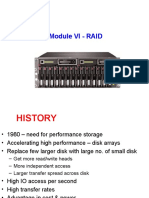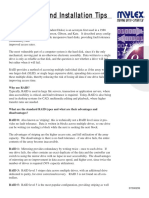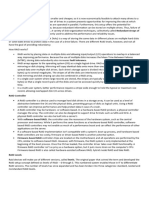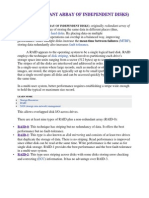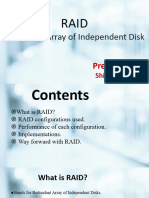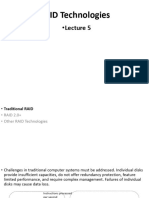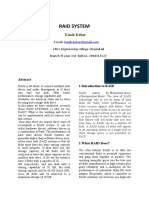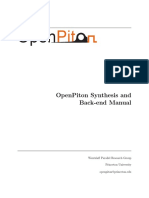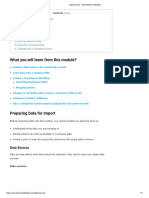0% found this document useful (0 votes)
40 views5 pagesCloud Computing Training Task03
The document provides an overview of RAID (Redundant Array of Independent Disks), explaining its purpose, types, and the role of RAID controllers in data management. It details various RAID levels, including RAID 0, 1, 5, 6, and 10, highlighting their advantages, disadvantages, and use cases. Additionally, it includes formulas for calculating usable capacity, read/write performance, and fault tolerance for each RAID configuration.
Uploaded by
infintysecCopyright
© © All Rights Reserved
We take content rights seriously. If you suspect this is your content, claim it here.
Available Formats
Download as PDF, TXT or read online on Scribd
0% found this document useful (0 votes)
40 views5 pagesCloud Computing Training Task03
The document provides an overview of RAID (Redundant Array of Independent Disks), explaining its purpose, types, and the role of RAID controllers in data management. It details various RAID levels, including RAID 0, 1, 5, 6, and 10, highlighting their advantages, disadvantages, and use cases. Additionally, it includes formulas for calculating usable capacity, read/write performance, and fault tolerance for each RAID configuration.
Uploaded by
infintysecCopyright
© © All Rights Reserved
We take content rights seriously. If you suspect this is your content, claim it here.
Available Formats
Download as PDF, TXT or read online on Scribd
/ 5







